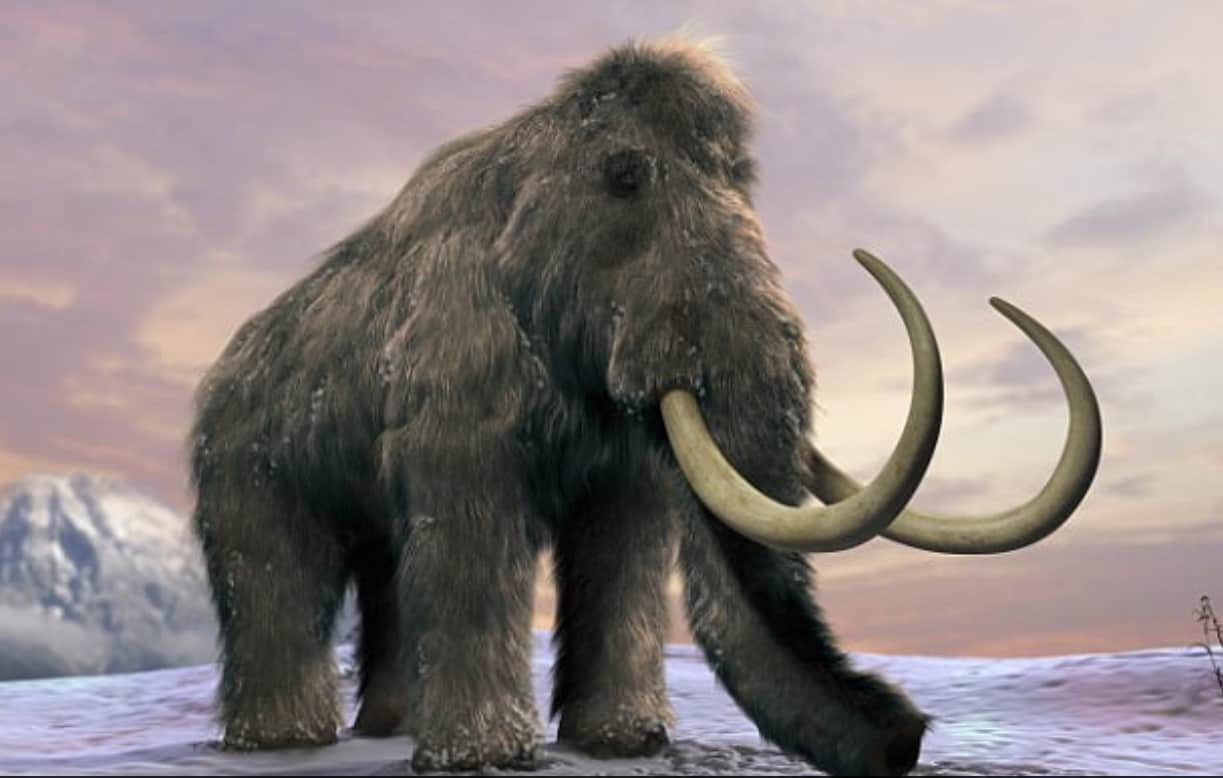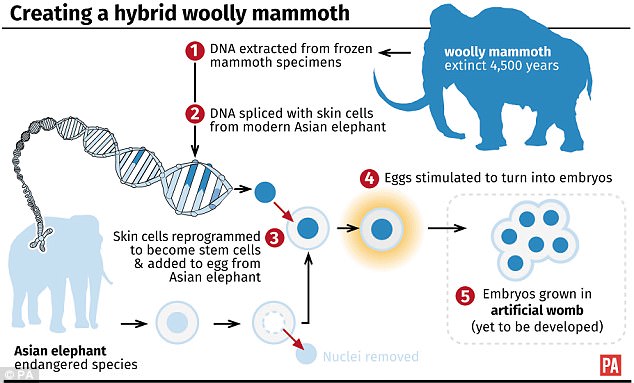We Are One Step Closer to Jurassic Park
OutdoorHub Reporters 04.17.18

A Harvard research team claims to be one step closer to bringing the extinct woolly mammoth back to life.
Leave it to Harvard to employ true visionaries such as the research team who are looking to resurrect the wooly mammoth, a creature that has been extinct for over 10,000 years. The Daily Mail is reporting that a Harvard research team is exploring the possibility of using DNA harvested from a 42,000 year old mammoth carcass to clone the hairy beast. Here is more from the Daily Mail:
“Harvard University scientists – who are set to publish scientific papers in the coming weeks – are using DNA from a woolly mammoth that has been preserved in Siberian ice for more than 42,000 years.
If the two-year plan came to fruition, the woolly mammoths would live in a 20,000 hectare Ice Age safari park created by Russian scientists in a remote part of Siberia.
This could also regenerate Arctic climates because they would stimulate the growth of vegetation, the lead researcher has said.
Their ambitious plan involves growing the creature within an artificial womb rather than recruiting a female elephant as a surrogate mother.
The final beast would be a hybrid between an Asian elephant and a mammoth.”
The image below explains a bit further how the process would work.

If these scientists are able to clone a woolly mammoth, it seems like a natural progression that they would continue moving back in time and possibly look to clone a dinosaur. PayPal founder Peter Thiel has also reportedly contributed upwards of $100,000 to the project, helping to bring additional exposure and legitimacy to the efforts.
If the team is able to accomplish their goals, would you travel to see the mammoth? What kind of animal do you think could be next? Let us know in the comments below.

